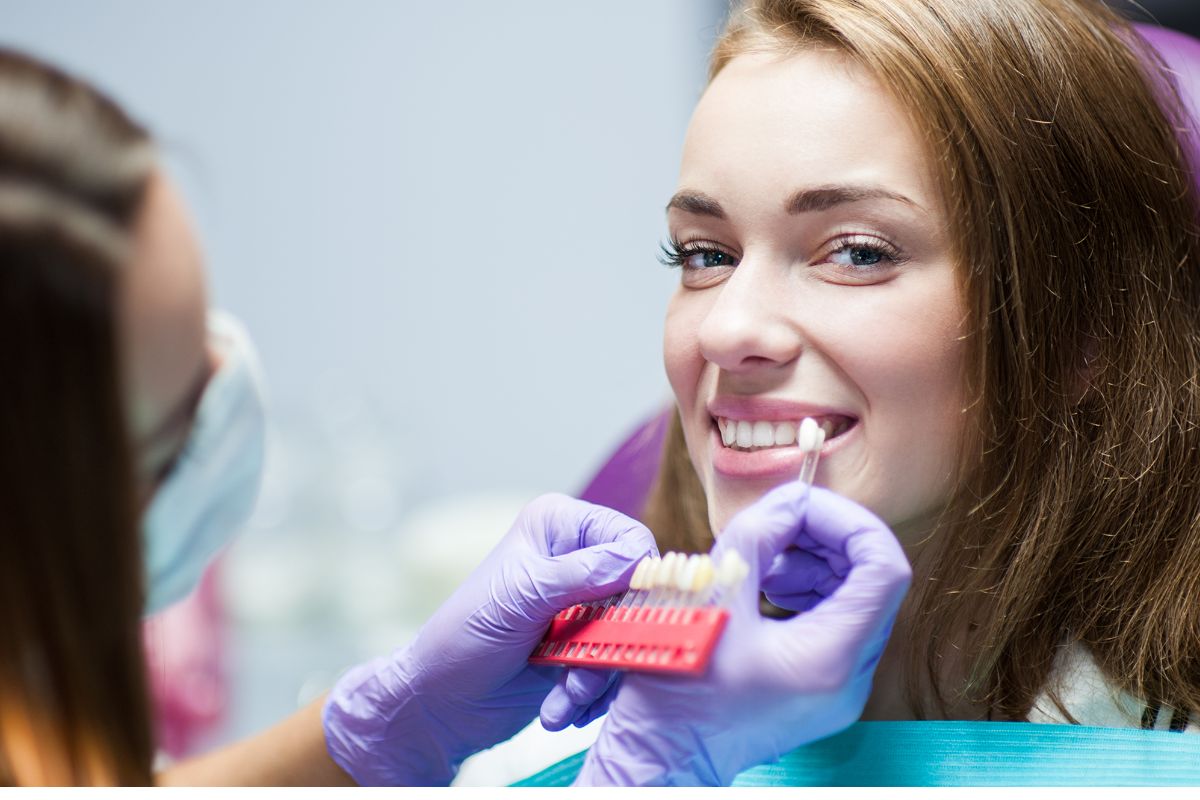Table of Contents
Braces are an essential orthodontic treatment for many individuals, helping to straighten teeth and correct bite issues. However, with braces comes the added responsibility of maintaining proper oral hygiene. The presence of brackets and wires can make it difficult to clean teeth thoroughly, leading to an increased risk of plaque buildup, cavities, and gum issues. One of the most important tools in maintaining oral health with braces is the right toothpaste. In this article, we’ll explore the benefits of using the right ubat gigi untuk braces, what to look for in a toothpaste, and some helpful tips for effective oral care during orthodontic treatment.
Why Is Choosing the Right Toothpaste Important for Braces?
When you have braces, it’s crucial to focus on keeping your teeth and gums healthy. The brackets and wires of braces create additional places where plaque can accumulate, making it more challenging to clean your teeth thoroughly. Without proper cleaning, food particles and bacteria can get trapped around the braces, leading to plaque buildup. Over time, this can cause cavities, gum inflammation (gingivitis), or even permanent damage to your enamel.
Using the right toothpaste is essential because it helps remove food particles, plaque, and bacteria while being gentle on both your teeth and braces. Special toothpaste for braces can help prevent common issues such as tooth discoloration, cavities, and gum disease that may arise due to inadequate cleaning.
Key Features to Look for in Toothpaste for Braces
- Fluoride Content Fluoride is a key ingredient in toothpaste because it strengthens enamel and helps prevent cavities. Braces users should always choose fluoride toothpaste, as it will provide an extra layer of protection for the enamel, which can be more susceptible to decay during orthodontic treatment. Fluoride helps remineralize the enamel, making it more resistant to acid attacks and cavities.
- Non-Abrasive Formula Toothpaste with a non-abrasive formula is essential for people with braces. Abrasive toothpaste can scratch and damage the brackets and wires, making them less effective and more difficult to clean. Look for toothpaste labeled as “gentle” or “non-abrasive” to ensure it’s safe for your braces and won’t cause damage while you clean your teeth.
- Tartar Control Toothpaste with tartar control can be beneficial for individuals with braces. Tartar is the hardened form of plaque that can form around the brackets, making it difficult to remove with regular brushing. Tartar control toothpaste helps prevent plaque from hardening into tartar, which reduces the risk of buildup around the brackets and improves overall oral hygiene.
- Sensitivity Protection Braces can sometimes lead to increased tooth sensitivity, especially during the initial stages of treatment. If you experience sensitivity, choosing a toothpaste specifically designed for sensitive teeth can provide relief. These toothpastes contain ingredients that help block pain signals from the nerves in your teeth, making brushing more comfortable during orthodontic treatment.
- Antibacterial Properties Toothpaste with antibacterial ingredients can help fight plaque buildup and reduce the risk of gum inflammation and infection. Plaque buildup around the braces can lead to gum disease, so choosing a toothpaste with antibacterial properties can help keep your gums healthy.
How to Properly Care for Your Teeth with Braces
Using the right toothpaste is just one part of maintaining good oral hygiene with braces. Here are some additional tips to ensure your oral health remains in top shape:
- Brush After Every Meal With braces, food particles and bacteria can get stuck in the brackets, so it’s important to brush your teeth after every meal. Brushing helps remove food debris and plaque, reducing the risk of cavities and gum disease.
- Use a Soft-Bristled Toothbrush A soft-bristled toothbrush is the best choice for brushing with braces. The soft bristles can clean around the brackets without damaging your braces or irritating your gums.
- Floss Daily Flossing is especially important for people with braces, as food particles and plaque can get trapped between the teeth and around the wires. Use orthodontic floss or floss threaders to help you clean between your teeth effectively.
- Rinse with Mouthwash Using an antimicrobial mouthwash after brushing can help eliminate bacteria, reduce plaque buildup, and keep your breath fresh. It can also help to reach areas that your toothbrush and floss might have missed.
- Regular Dental Visits Make sure to visit your dentist and orthodontist regularly for checkups and professional cleanings. They will monitor your oral health and ensure that your braces are functioning properly, as well as clean areas that are hard to reach during daily brushing.
Conclusion
Choosing the right toothpaste for braces is essential for maintaining healthy teeth and gums throughout your orthodontic treatment. Look for fluoride toothpaste that is non-abrasive, offers tartar control, and protects against sensitivity. Combined with regular brushing, flossing, and visits to your dentist, using the right toothpaste will help ensure that your teeth remain clean, healthy, and free from cavities during the course of your braces treatment. With the proper oral care routine, you can achieve a beautiful, healthy smile once your braces are removed.
